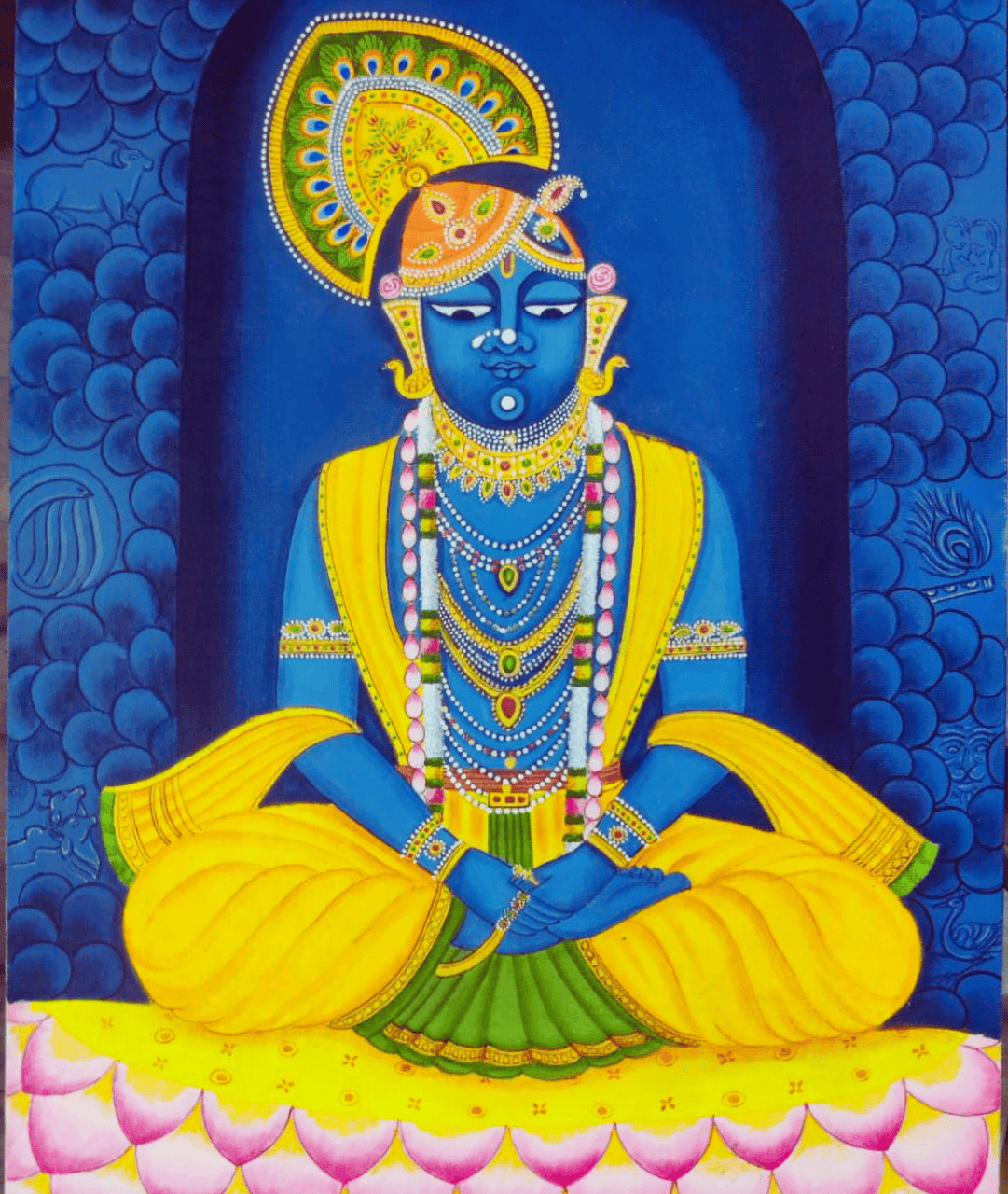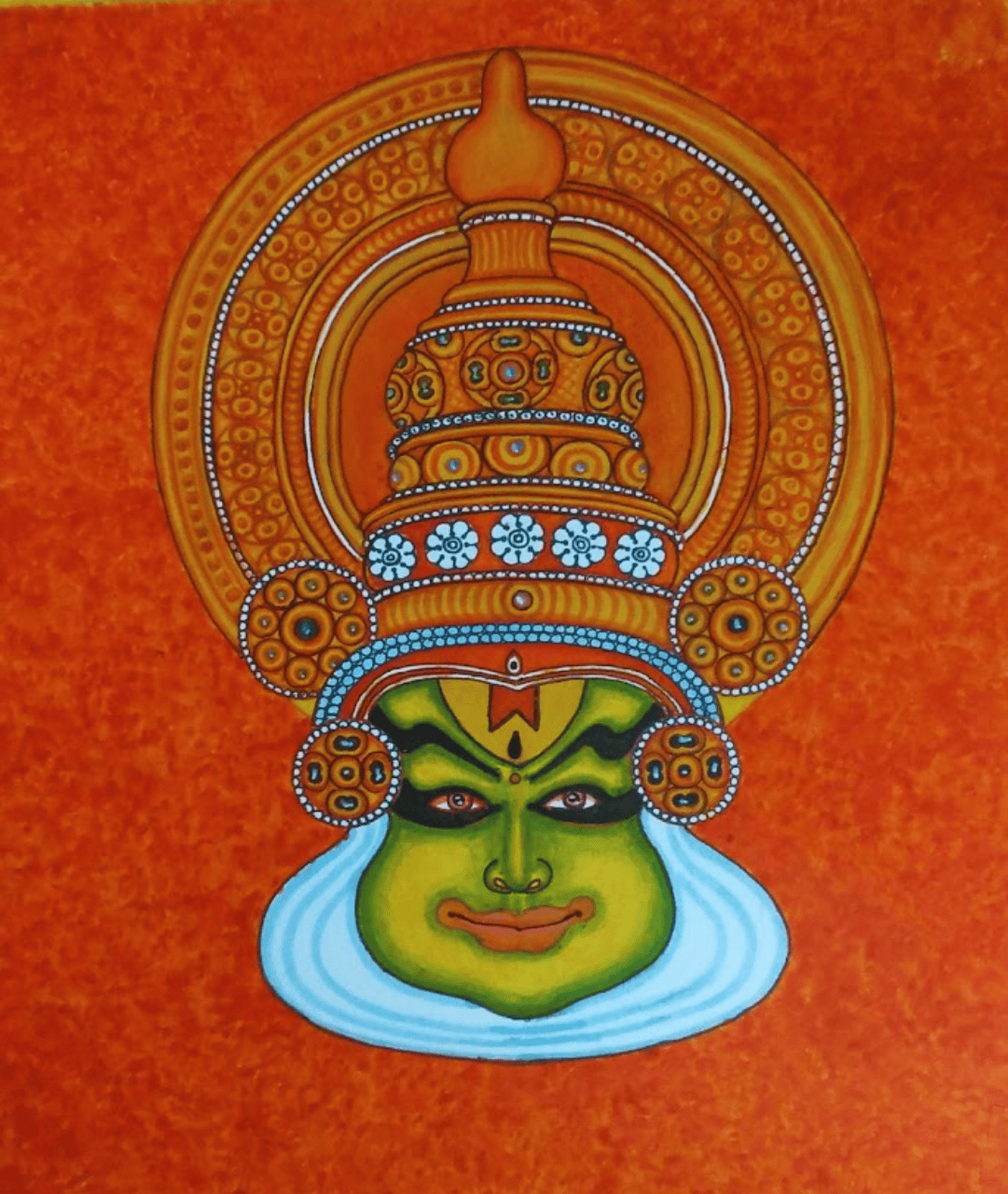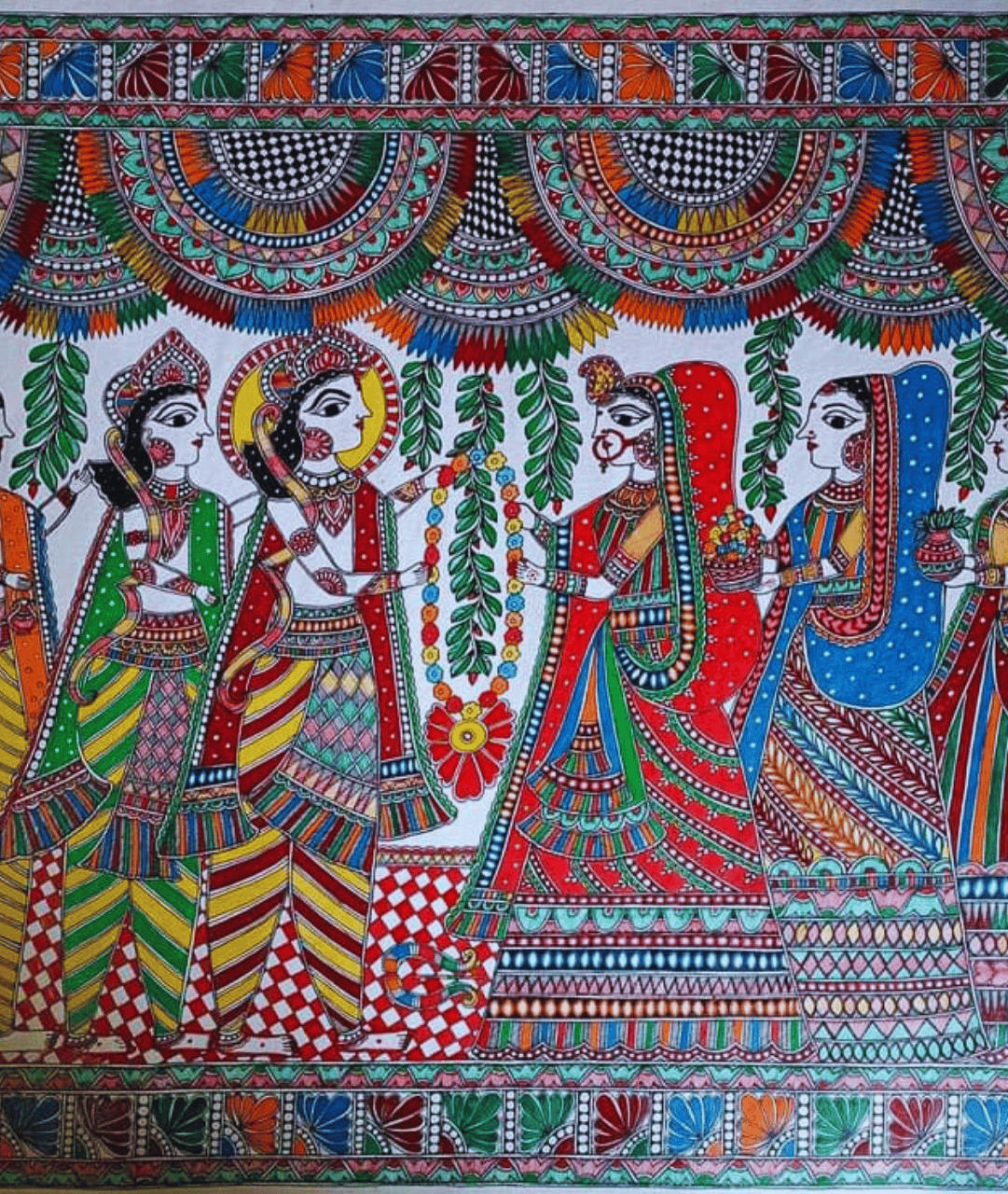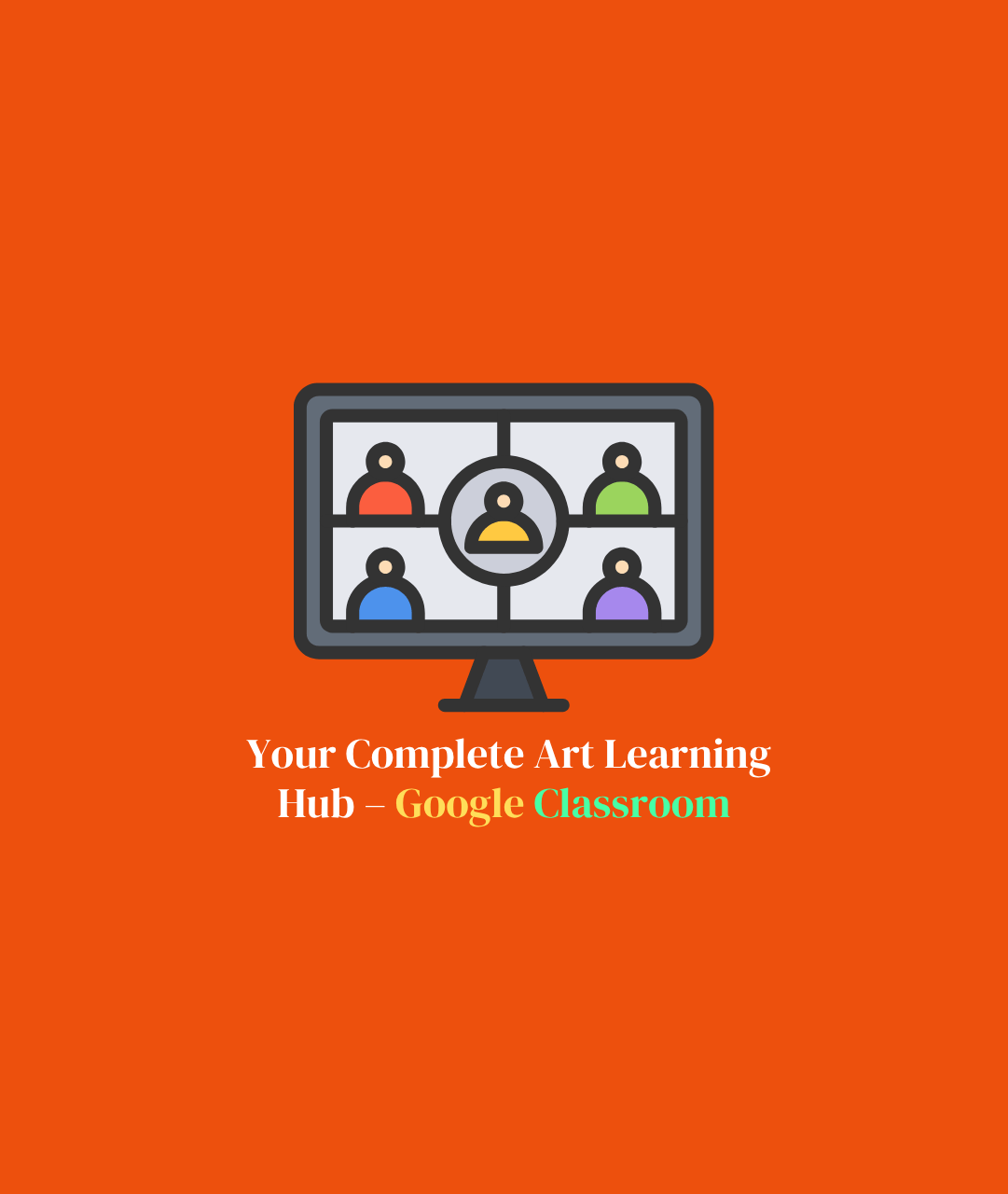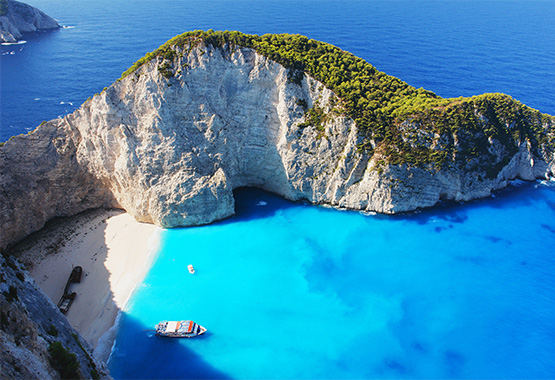With a rich heritage going back to pre-historic times, it is hardly surprising Indian traditional artforms from each corner of the country are not only colorful and vibrant but each of these tell a unique cultural story. Often folk or tribal artists from respective regions have been practising it for generations, and the art in itself represents ancient folklores and ways of life on the palette. It is equally exciting that art connoisseurs and collectors value the richness though the traditional artists hardly receive proportionate returns from the economic value created in the process. It is surprising indeed that most traditional artists (including award winning artists and Padma Shri) often find economic sustenance extremely difficult despite spending lifetimes to sustain these rich art forms. Especially so during the current pandemic. Catterfly decided to step in and offer our support to the artists as well as provide a very positive way for people to de-stress and stay engaged when every little bit helps.
Art revival 2.0
Pre-Covid, Catterfly has been managing art-based travel and one could visit the centers like Madhubani to learn the art from traditional artists and also understand the overall culture and history. It completely stopped with Covid restrictions, but our teams worked extensively with these artists to train them, curated workshops, and developed a digital platform wherein they can teach their art forms to anyone who is interested. Starting with short workshops on Madhubani and Warli art - soon enough Catterfly team and native artists were conducting daily workshops on different arts and specific themes for participants from India and abroad, school students, 8-year-old excited kids and 80-year-old- art connoisseurs, cancer patients and cancer doctors, homemakers, and office goers.
Currently, artists from at least 8-10 art clusters in India work with us regularly. Workshop participants say that learning art is therapeutic, meditative, relaxing, and they can develop their own masterpieces while knowing more about unique cultures; something that was never considered possible without traveling. Catterfly could help traditional artists generate income with dignity, especially when their economic sustenance was at risk. Within a few months, Catterfly launched several variants with a subscription model for kids and regular participants, weekdays & weekend special workshops, employee engagement exercises for corporates, live events of performance arts, and culture festivals from different parts of India – all digital interactive experiences delivered and consumed remotely.
Marketing Madhubanis
As digital workshops picked up momentum, artists asked Catterfly to help with selling and marketing their artworks. There are more and enough art resellers, galleries and online stores that focus on this space within the country and internationally. We were a bit unsure about the help that we could provide but a closer look suggested that traditional artists are at the receiving end here as well, and barely get 20-25% of the final price that the buyer actually pays. Of course, intermediaries deliver some value and there is a cost involved in online/offline marketing, physical storage, inventory and distribution channel management; but still there is a huge disparity.
The glaring question for Catterfly was – can we reverse the equation so artist get at least 70-80% of the final price? This requires new approach to marketing and distribution, finding ways to directly reach buyers, museums, art exhibitions, and working with artists to help them adopt the digital platform. Several simultaneous creative interventions typically requires an iterative approach to scale it further. We decided to manage it as a social impact initiative. After launching digital interactive online workshops with traditional artists, this is the next logical step for Catterfly digital initiative in Travel.Art.Culture.
As part of this, we are working with reference-based model to reach buyers, adopting creative approach to sell the stories behind paintings, community selling, reaching out to art exhibitors and museums for showcasing artworks, and conducting digital events. And, in the background – our team did rapid changes to our web platform to showcase artworks, and curated the product catalogue working alongside artists. We soon plan to give the power into their hands to directly reach end customers in a seamless fashion. Meanwhile, one can check the current catalogue on various arts forms. Some of the paintings from our award winning artists are already featured here, and you can also request us to make any custom size, design or theme based on your interest. Just let us know!
Real art gallery
Madhubani - Madhubani painting is an ancient art form from the Mithila region. This region refers to parts of Bihar, Jharkand & Nepal. ‘Mithila’ is a distinct region in terms of language, art and even cuisine. The region is said to be the fabled kingdom of Janaka, father of Sita. In fact, the story goes that during Ram and Sita's wedding, king Janaka ordered the walls the palace to be painted, and that is how the Madhubani style of painting originated. Madhubani has five distinct styles – Kachni, Bharni, Tantrik, Kohbar, Gonda, and you can view some paintings here.
Warli - You have seen the stick-like figures everywhere, on saris, rugs, lampshades and more. Two triangles, one inverted and joined at the tip, with simple lines depicting motions - this is the ancient art of the Warli tribe. The Warlis live around the mountainous and coastal region along the Gujarat- Maharashtra border in western India. While much of their lives have changed with the advent of modernisation, they still retain their unique propensity for recording the passage of time through the lens of art. There is evidence of the art finding its origins in cave paintings from neolithic times. Let's explore the different themes of Warli Art with an online catalogue.
Pattachitra - it is a general term for traditional, cloth-based scroll painting, based in the eastern Indian states of Odisha and West Bengal. Patachitra artform is known for its intricate details and artists working with Catterfly have been recognized as UNESCO heritage artists as well as their paintings adorn the walls of dignitaries like past French President (who received this as a gift from Indian Prime Minister during his visit to India). While the traditional themes focus on mythological narratives and folktales inscribed in it, our artists also work on some very unique ideas like Palm Leaves, Playing Cards – Ganjifa, Pattachitra on Kettle and other surfaces, and we invite you to check this exquisite collection here.
Gond - Gond paintings are a form of tribal art of one of the largest tribes in central India with whom it shares its name. Gond comes from the Dravidian expression kond which means 'the green mountain'. Gond paintings are a reflection of man's close connection to his natural surroundings. Besides nature, our artists have worked on several themes including Night Life of a Tree, Colorful Gond, modern and festival themes, and you could check some of these here.
Picchwai - Pichwai is created to depict the story of Shrinathji, another form of lord Krishna holding the Govardhan hill. The cloth that is used as the backdrop for Shrinathji in his shrine is painted to give a wholesome effect to the surroundings. Shrinathji's figurines are drawn with other important elements that were the part of his life, like cows and the likes. This is how Pichwai was born in Nathdwara in Rajasthan. This 400-year-old stunning art form depicts the life of Shrinathji, the child avatar of Krishna with each story uniquely tied to a particular season or festival. Creating a Pichwai can take several months, and requires immense skill as the smallest detail need to be painted with precision and we are sure this is easy to appreciate here.
Hope you enjoyed this colorful art collection! Catterfly is happy to engage with art curators, museums, buyers and anyone who is willing to lend a helping hand to this important social impact initiative. We truly believe that small incremental changes managed with a forward-looking vision along with right people can drive economic shifts – and nothing more satisfying to do it for the artists who are the true torchbearers of our rich cultural heritage!



















